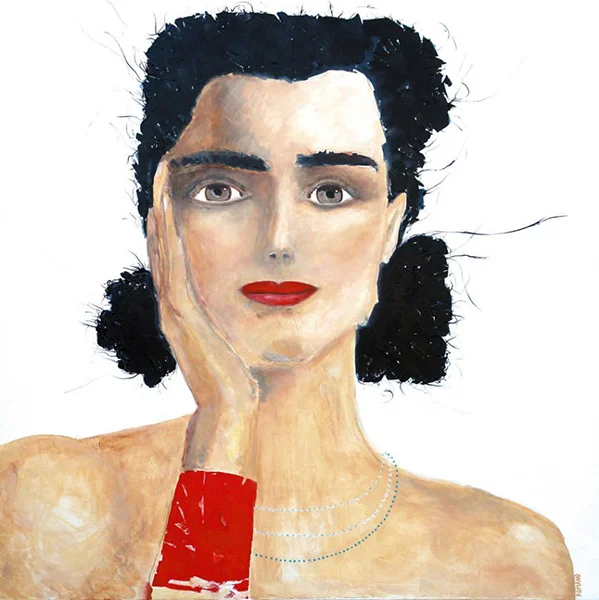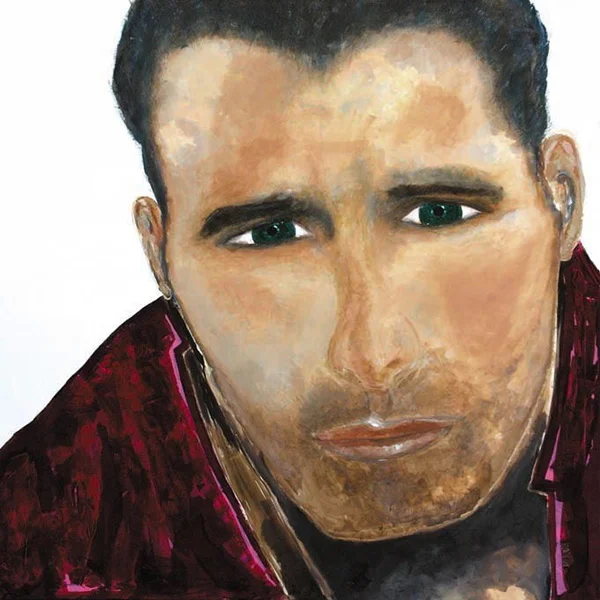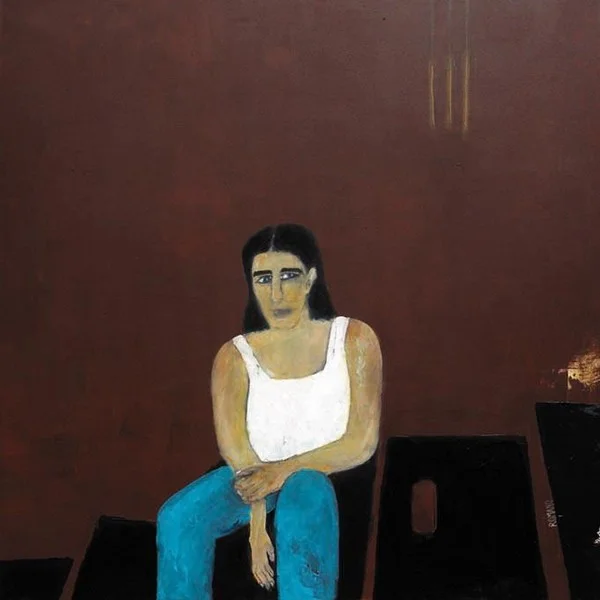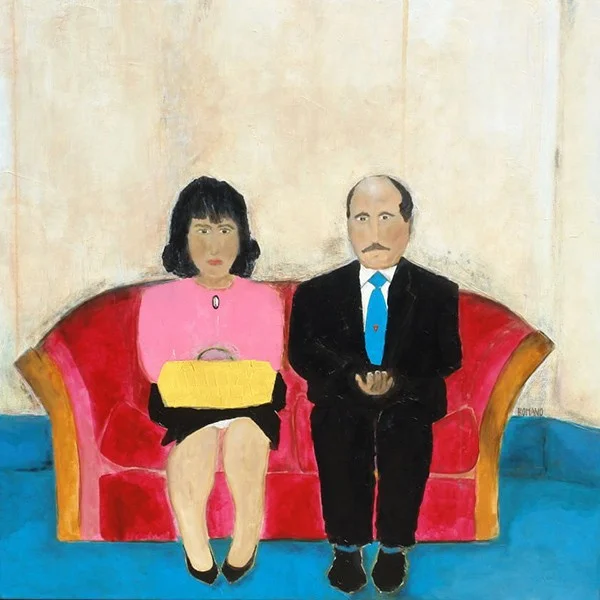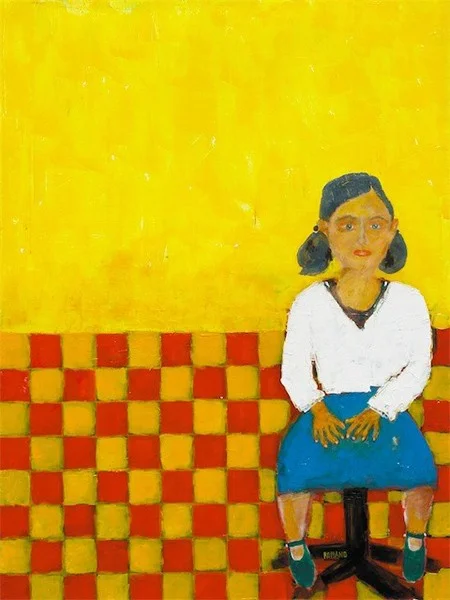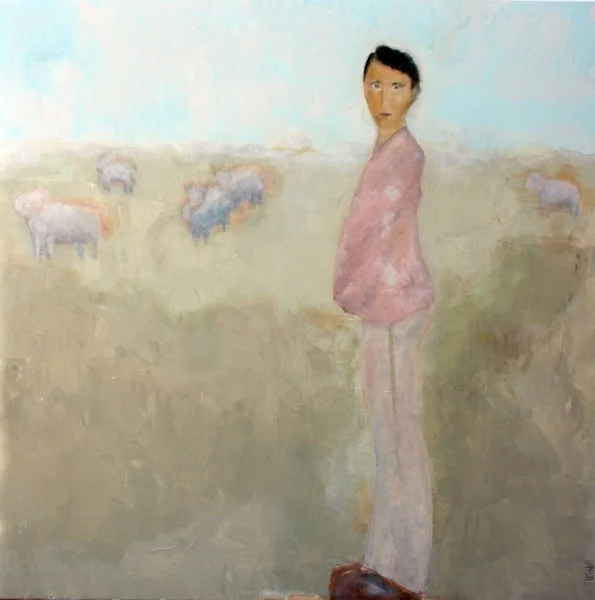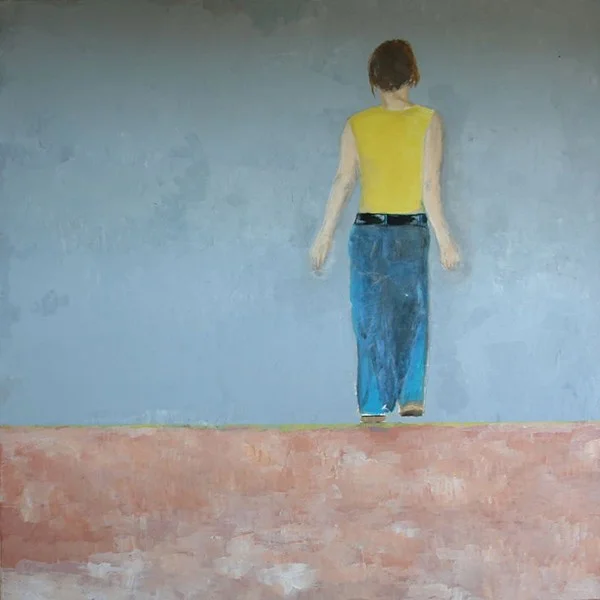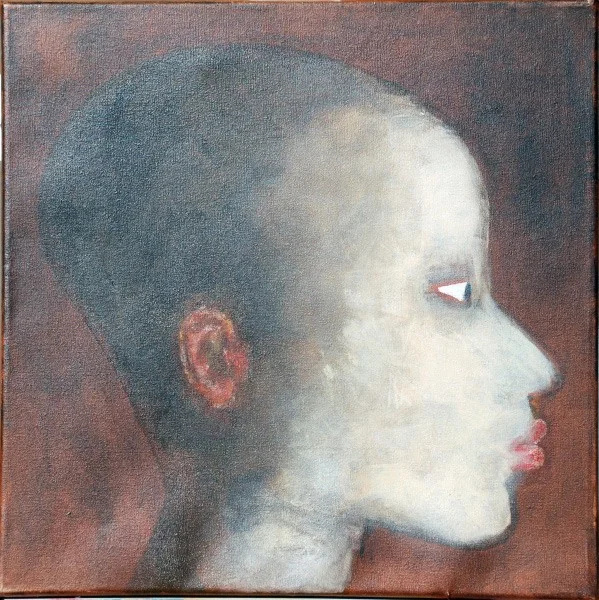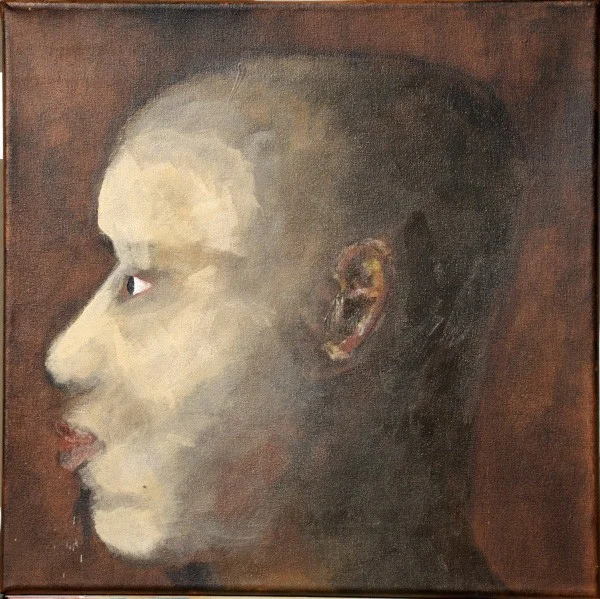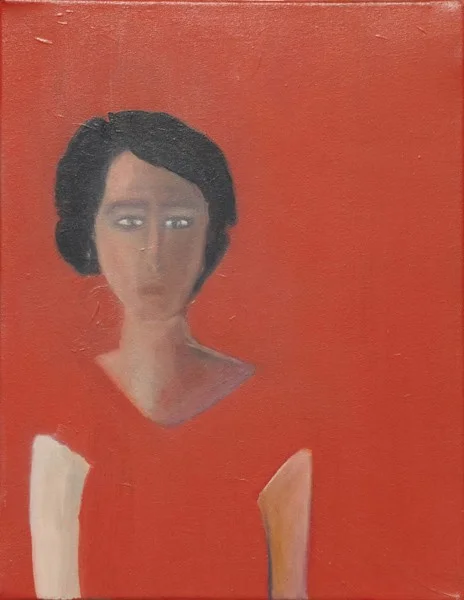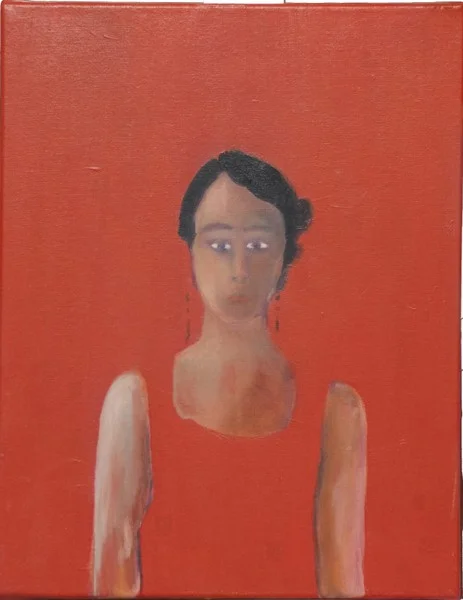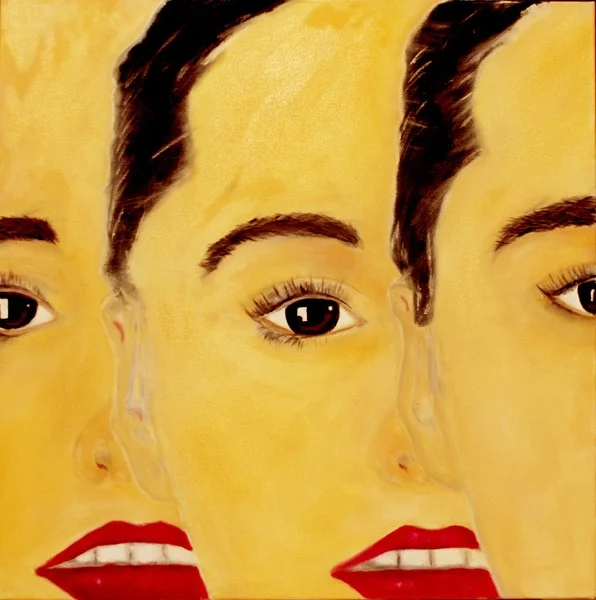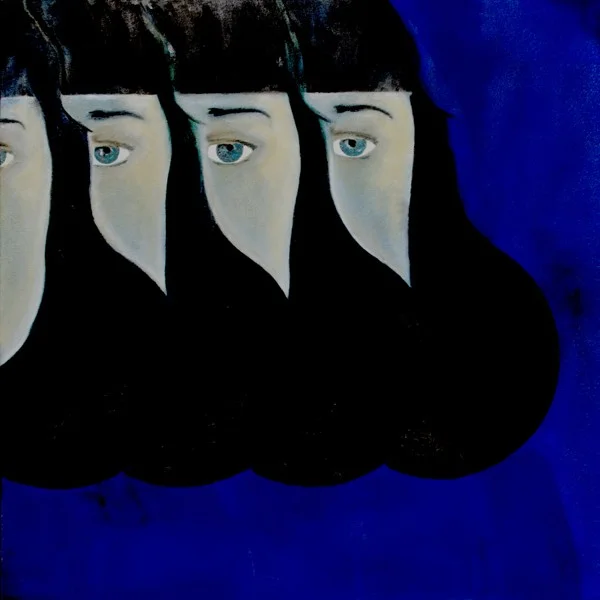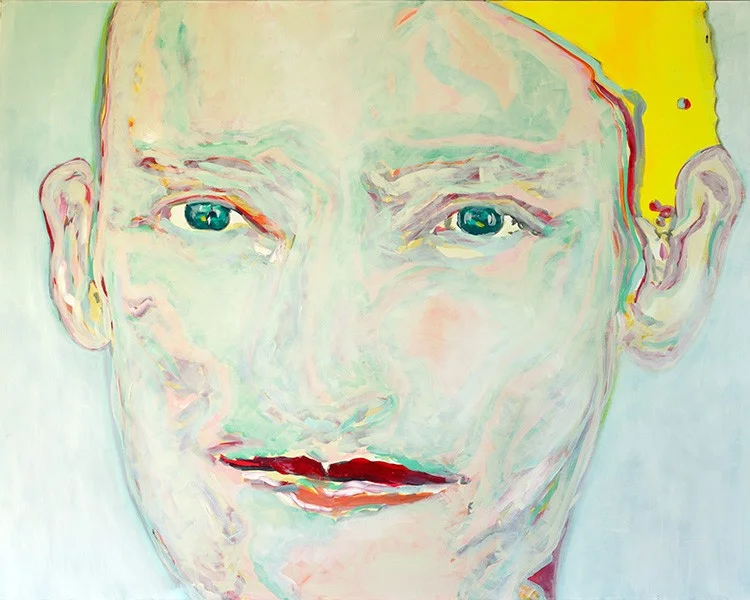Art Review
Julio Sánchez, Art curator
She has a full figure and is 56 years old, though she looks younger, and assures that the Mary Kay opportunity is fabulous, because before it she spent the day confined in a sewing workshop: twelve women and the noise of the sewing machines, the dry skin and the tortured hands.
L.G.
When I was forty-two years and seven months old, Heaven was opened and a fiery light of exceeding brilliance came and permeated my whole brain, and inflamed my whole heart and my whole breast, not like a burning but like a warming flame, as the sun warms anything its rays touch.
H. von B.
The life of human beings creates such an intrigue, such a pleasure, such an uncertainty. The city dweller that walks along the street, one hot day, is such a mysterious Pandora's Box. How many wonders must Alcuin have written in his lost Life of Charlemagne, that giant of 1.93 m that could unify Europe towards the year 800? Biography is a literary genre that still delights readers, it doesn’t matter if it is about a beauty products seller interviewed by the journalist Leila Guerriero (in her book Frutos Extraños, 2009) or the autobiography of the mystical German Hildegard von Bingen (in her work Scivia, 12th century). It doesn’t matter if they tell us about a working day or a bonding experience with God, everything that happens to the other happens, happened or may happen to all of us. In painting, the equivalent genre is portrait and all its variations: collective, official, self-portrait, nude, etc.
Daniel Romano is deeply interested in the human being, and that is why he paints it over and over again. In each of his pieces we can find men and women, children, adults and old people. Probably, each panting originated from an individual, concrete, tangible and visible being; then, the artist shaped the particular signs according to his own experiences, banished the photographic details and enjoyed the subtle movement of the paintbrush, the discreet priming of the acrylic and the intense modulation of color.
What do Daniel Romano’s characters have in common? The artist prefers the figure and background formula, but without overloading one with the other. Everything is discreet. Sometimes, the backdrop that protects the actors is neutral; there are lines that barely insinuate, they could belong to a baseboard, a chair or a checkerboard. He is not interested in the precision, but rather in the imprecision. Almost all of them, or rather all of them, look directly to the spectator. In baroque portraits, the characters were absorbed by the drama and, suddenly, almost hidden, there was one that came out of the scene and examined us with the look. Nothing similar occurs in Daniel´s paintings. The connection is direct; there is only one main character that looks at us all the time, with no mercy, without distractions. If any of them came to life, as a Pirandello’s character searching for the author, he would surely shake our hand looking at us into the eyes, honest, straightforward. Many of them are standing, others are sitting, and no one is involved in a specific action. Clothing is ordinary; there is little glamour, but no domestic negligence. What do they do, that is the big question. They seem to be posing, standing, facing forward, with the only purpose of being portrayed. The action (or the almost non-action, similar to the Chinese wu-wei) involves two people: the one that paints and the one that is painted. Once it comes out of the studio, the painting does not have a painter and needs a spectator, a person that could look at the woman with the violet little jacket, the man with green trousers or even the little group with 3D glasses. Maybe the passion for biography or portrait lies here, in the deep need of the human being to communicate with others, in the void that needs to be filled out. In each of these paintings, we find men and women, children and old people and we can imagine thousands of stories about them, but Daniel has detected in all of them (in all of us) that need to fill out the void.
Julio Sánchez
Bachelor of Arts in Art History (U.B.A.) and Master in Cultural Management
...............................................................................................................................................................
retrato / portrait
Crítica de Arte
Julio Sanchez, Curador
Redonda y 56 años que parecen menos, asegura que la oportunidad Mary Kay es bárbara porque antes de esto, ella se pasaba el día encerrada en un taller de costura, doce mujeres con ruido de máquinas de coser, el cutis seco y las manos torturadas.
L.G.
A la edad de cuarenta y dos años y siete meses, vino del cielo abierto una luz ígnea que se derramó como una llama en todo mi cerebro, en todo mi corazón y en todo mi pecho. No ardía, sólo era caliente, del mismo modo en que calienta el sol todo aquello sobre lo que pone sus rayos.
H. von B.
Qué intriga, qué placer y qué desconcierto produce la vida de los seres humanos. Qué misteriosa caja de Pandora es el citadino hombre que transita por la calle un día de calor, y qué portentos habrá escrito Alcuino en su perdida Vida de Carlomagno, de aquel gigante de 1,93 que logró unificar Europa hacia el año 800. La biografía es un género literario que sigue apasionando a sus lectores, no importa si es una vendedora de productos de belleza entrevistada por la periodista Leila Guerriero (en su libro Frutos Extraños, 2009), o la autobiografía de la mística alemana Hildegard von Bingen (en su obra Scivia, siglo XII). No importa si nos cuentan un día de trabajo o una experiencia de unión con Dios, todo lo que le pasa al otro nos sucede, nos sucedió o nos puede suceder a todos nosotros. En pintura el género equivalente es el retrato y todas sus variaciones: colectivo, de aparato, el autorretrato, el desnudo, etcétera.
Daniel Romano tiene un interés intenso en el ser humano y por eso lo pinta una y otra vez. En cada una de sus obras hay hombres y mujeres, niños, adultos y ancianos. Seguramente cada cuadro partió de un ser individual, concreto, tangible y visible; luego el artista tamizó las señas particulares dentro de sus propias vivencias, desterró los detalles fotográficos, y se deleitó con el movimiento sutil del pincel, el empaste discreto del acrílico y la modulación intensa del color.
¿Qué tienen en común los personajes de Daniel Romano? El artista prefiere la fórmula de figura y fondo, pero sin cargar demasiado sobre uno o sobre otro. Todo es discreto. A veces el telón que ampara a sus actores es neutro, apenas se insinúan líneas que refieren a un zócalo, a una silla o a un damero. No le interesa la precisión sino la impresión. Casi todos, por no decir todos, miran directamente al espectador. En los retratos barrocos los personajes estaban absortos en el drama y de repente, casi oculto, había uno que se salía de escena y nos interpelaba con su mirada. Nada de eso sucede en las pinturas de Daniel, la interpelación es total, hay un único protagonista que nos mira todo el tiempo, sin piedad, sin distracción. Si alguno de ellos cobrara vida, cual personaje de Pirandello en busca de autor, seguramente estrecharía nuestra mano mirando a los ojos, franco, directo. Muchos están parados, otros están sentados, nadie está implicado en una acción específica. La ropa es cotidiana, poco glamour pero nada de negligencia hogareña. Qué hacen ellos, es la gran pregunta. Parecen posar, parados, de frente, con la única misión de ser retratados. La acción (o la casi no-acción, como el wu-wei de los chinos) implica dos personas, el que pinta y el que es pintado. Una vez salido del taller, el cuadro carece de pintor y requiere un espectador, un interlocutor que pueda devolverle la mirada a la mujer de saquito violeta, al hombre de pantalón verde o incluso al grupito con lentes 3D. Quizá la pasión por la biografía o por el retrato pase por aquí, por la profunda necesidad del ser humano de comunicarse con otros, por una ausencia que necesita ser completada. En cada una de estas pinturas, hay hombres y mujeres, niños y ancianos sobre los cuales se pueden tejer mil historias, pero Daniel ha detectado en todos ellos (en todos nosotros) esa necesidad de completar la ausencia.
Julio Sánchez
Licenciado en Historia del Arte U.B.A. y
Master en Gestión Cultural
